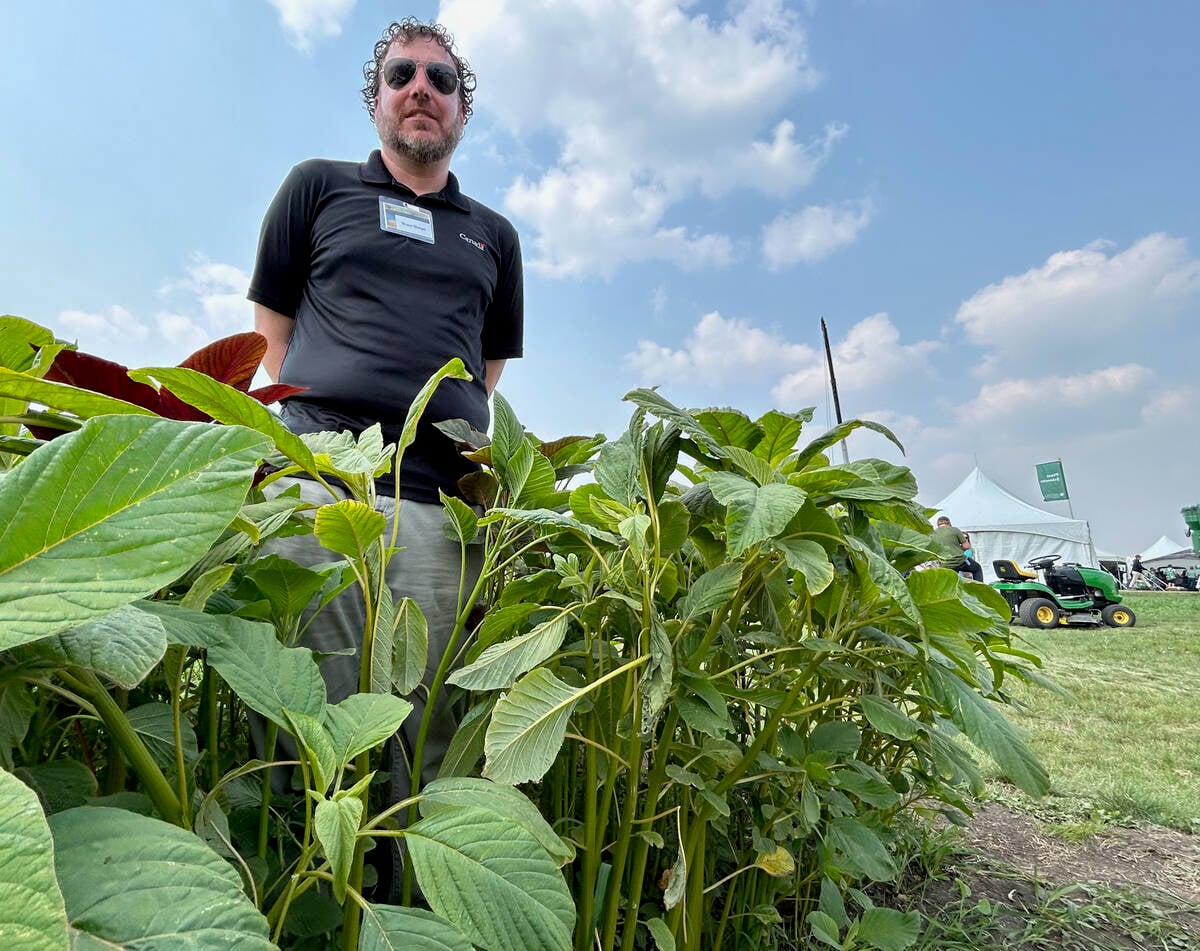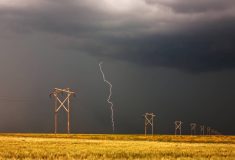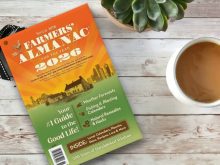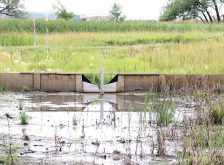Proceed with caution in dry, warm weather: the contents of your plants are under pressure in more ways than one.
Phillip Harder, research director and hydrological scientist at Croptimistic Technology, gave producers a short lesson in water use efficiency during a Saskatchewan Agriculture webinar on Feb. 19. He shared some of the science behind crop water use efficiency and the functions of plant water uptake, as well as how to use this information to make the most of available water.
The term “water use efficiency” is typically used in reference to annual crops with the measurement of bushels per acre per inch of water — but it can also be used when looking into forages and silage crops.
Read Also

Glufosinate-resistant waterhemp appears in U.S. Midwest
News of glufosinate-resistant kochia in the U.S. is concerning as farmers are losing options to control waterhemp, also of the pigweed family.
“Crop water use is going to be a function of how much water is being demanded by the atmosphere,” Harder says. “So, dry air is going to exert a much larger pressure gradient on water within the leaf, and so, the drier things are, the more demand there is from the atmosphere to suck that water out of the plant. And then your plant, on the other hand, is trying to resist that because it wants to maintain as much water inside through stomatal regulation.”
The stomata, located on a plant’s leaf, are the “gatekeepers.” They open and close to let in and out water and gasses that a plant needs to function. Stomata are impacted by light, temperature and humidity (also referred to as atmosphere), and soil moisture levels — which are each important for the plant to determine just how much water to take in and transpire for optimal growth.
Harder provided the example of high temperature and low humidity, which causes a very dry environment — a situation many are familiar with over the last few growing seasons. This scenario creates a lower water vapour pressure deficit that decreases stomata conductivity, leaving the gates closed to reduce water loss.
“Basically, this is the response of the plant to say, ‘Yes, the atmosphere demands more water, but I need enough water within my cells, within my leaves, so that I can still do photosynthesis.’”
However, this natural reaction to save water limits a plant’s productivity. Another influence on productivity is what Harder called the “transpiration paradox,” where in order to take in carbon dioxide to perform photosynthesis, the plant loses water vapour to the atmosphere as the stomata open. To counteract this, a steady supply of water is needed.
An adequate water supply is also important to reduce the air temperature surrounding a plant. Through the function of transpiration, a plant releases water vapour which cools the surrounding air and helps reduce the amount of energy used to grow.
“In an ideal situation, to maximize productivity, you want to be in a scenario where you have more water than can be just immediately taken up by a plant. And so, this is a well-watered situation, this is an irrigated situation.”
















